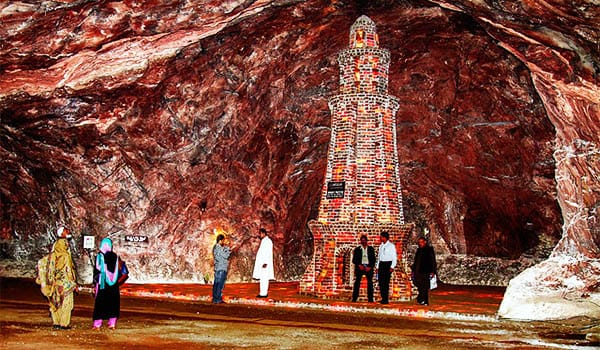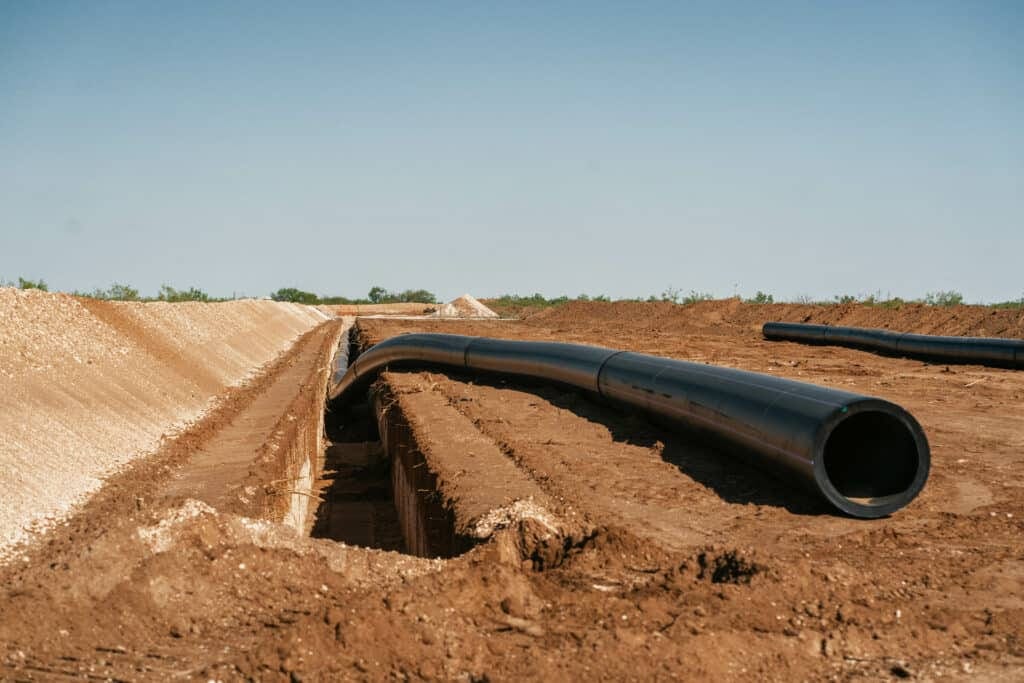The Khewra Mines, located in the Punjab region of Pakistan, are a fascinating geological and historical site known primarily for their extensive deposits of rock salt. Spanning an area of approximately 110 square kilometers, these mines are not only a testament to the region’s natural resources but also a reflection of centuries of human endeavor and innovation. This blog post will delve into the geological characteristics, historical significance, and current status of the Khewra Mines, shedding light on why they have become a point of interest for geologists, historians, and tourists alike. dcpipe pipeline expert

Geological Background
The Khewra Salt Mine is situated in the foothills of the Salt Range, which was formed around 600 million years ago. The formation is a result of ancient sea evaporation processes during the Paleozoic Era, leading to the vast deposits of halite, which is commonly known as rock salt. Scientists estimate that the Khewra Mines hold around 82-110 million tons of rock salt, making them one of the largest salt mines in the world.
The salt extracted from the Khewra Mines is characterized by its purity and unique crystalline structure, displaying various shades of pink and white. This vivid coloration can be attributed to the presence of minerals such as iron oxide and clay. The mine’s salt is not only used for culinary purposes but is also sought after for industrial applications, including chemical production, de-icing during winter, and the manufacturing of various salt products.
Mining Techniques
The method of salt extraction in the Khewra Mines has evolved over the years. Initially, salt was mined using traditional mining techniques, which involved manual labor and simple tools. However, with advancements in technology, more modern and efficient methods have been introduced. Today, the processes involve the use of mechanized equipment, allowing for a higher yield and safer working conditions.
One of the striking features of the Khewra Mines is the network of tunnels and chambers that have been carved out over centuries. Some sections of the mine are over 730 feet deep, and the labyrinthine pathways can extend for miles, creating a surreal underground environment. The most notable areas within the mine include large caverns adorned with salt stalactites and stalagmites, as well as an underground mosque and a large salt temple, which have both become popular tourist attractions.

Historical Significance
The history of the Khewra Mines dates back to the time of Alexander the Great in 326 BCE, who is believed to have discovered the salt deposits during his campaigns in the region. However, systematic mining did not commence until the arrival of the British in the 19th century. Recognizing the economic potential of salt, the British declared the mines a state-owned enterprise in 1872, marking the beginning of modern mining practices.
Over the years, the Khewra Mines have played a pivotal role not only in the local economy but also in Pakistan’s national context. The mine employs thousands of workers from the surrounding areas, providing them with livelihoods and supporting local communities. The salt produced here has been shipped worldwide, making it a key player in both local and global markets.
In 1989, the Khewra Salt Mine was declared a national heritage site, further establishing its importance not only as a source of salt but also as a cultural landmark. The Pakistani government has made efforts to promote the site as a tourist destination, with initiatives to enhance visitor experiences while preserving its unique geological characteristics.
Tourism and Conservation
Today, the Khewra Mines attract over 250,000 visitors annually, making it one of Pakistan’s most visited tourist sites. Tourists are drawn to the captivating underground landscapes, the dazzling formations, and the educational tours that delve into both the geological processes and the historical context of salt mining. Notably, the mine features an underground mosque made entirely of salt bricks, which is as awe-inspiring as it is functional.
To accommodate tourists, the government has invested in improving access and infrastructure around the site. The guided tours are typically conducted through a well-defined route, which offers insights into the mining processes, the history of the site, and the geological formations encountered. However, this surge in tourism comes with its challenges. It is essential to balance conservation efforts with the demand for accessibility to ensure the site remains intact for future generations.
Challenges and Future Prospects
Despite its historical and economic significance, the Khewra Mines face several challenges. Natural wear and tear, coupled with the increasing extraction demands, raise concerns about the mine’s sustainability. Some sections of the tunnels have shown signs of structural weakening. To combat these issues, continuous monitoring and maintenance are necessary. Furthermore, the implementation of more sustainable mining practices is crucial to preserve the integrity of the site.
Additionally, the local government and various stakeholders are exploring opportunities for the development of tourism-related facilities, such as hotels and learning centers, which can enhance visitor experiences while generating additional income for the local economy.
Conclusion
The Khewra Mines stand as a remarkable example of natural beauty, historical significance, and economic potential. From their ancient geological formation to their modern-day status as a tourist attraction, the Khewra Mines encapsulate the interplay between nature and human innovation. As efforts continue to promote sustainable mining practices and responsible tourism, the legacy of the Khewra Mines will undoubtedly endure, captivating and educating generations to come. Whether you are a geology enthusiast, a history buff, or a curious traveler, Khewra Mines offer a unique glimpse into the treasures of the Earth, reminding us of the wonder and complexity of our planet. dcpipe pipeline expert

